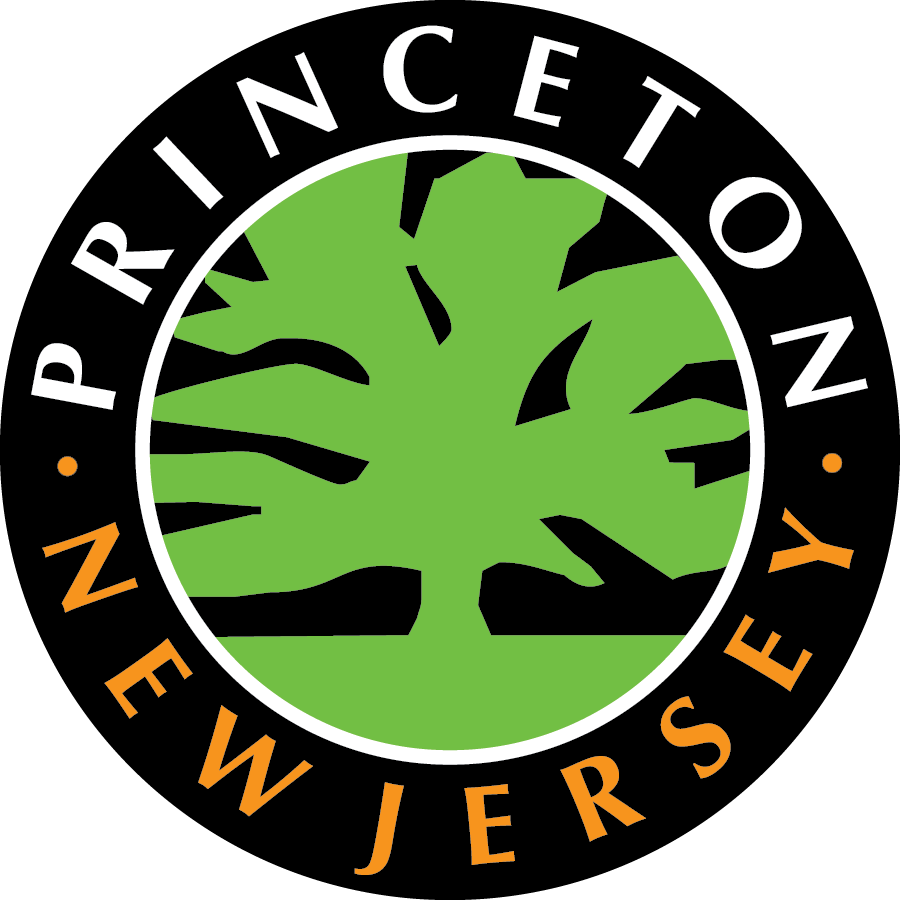Lanwin Development Corp., which wants to create a 30-lot subdivision at 725 and 823 Herrontown Road and 915 Mount Lucas Road, will have to wait until the Princeton Planning Board’s March 5 meeting to find out if the plan will be approved.
The Princeton Planning Board heard additional testimony on the application at its Jan. 23 meeting, but ran out of time to complete the public hearing on it.
The 90.6-acre parcel, which is located on the north side of Herrontown Road, is bordered by Herrontown Road, Herrontown Lane and Mount Lucas Road in Princeton, and by the Montgomery Walk townhouse development in Montgomery Township.
At the Jan. 23, tree expert Ron Farr walked the Princeton Planning Board through the natural process by which the parcel has become partially reforested since the 1930’s. It is heavily wooded, except for an area that had been cleared for farming.
When open land is left alone, trees and shrubs begin to grow, said Farr, who has been retained by objectors to the proposed subdivision.
Farr said that for the first few years, there is rapid growth of shrubs. Eventually, trees begin to take over. The trees grow densely, and shade out the shrubs on the forest floor.
Between 70 years and 120 years of forest succession, the larger trees that have taken root will begin to die. The shrubs will be re-introduced, and “pioneer” species will begin to grow.
After about 150 years, a reforested area will begin to show “old growth” character. The trees will be large, Farr said.
Turning to the Lanwin Development Corp. site, Farr said the forest would regrow and fill in the land that had been cleared for farming. If it is left undisturbed, it would become fully forested. Tree seeds would find their way onto the cleared land and take root.
“Every field wants to be a forest,” Farr said.
The developer’s plans, meanwhile, show that 682 trees would be removed. But it is likely that nearly 600 more trees would be damaged during the construction of the infrastructure for the development, such as roads, Farr said.
Farr also said that more than 200 trees would be “inundated” in the detention basin during a 100-year storm. Those 200 trees would be in addition to the trees that are proposed to be removed and the ones that would suffer damage during construction.
“You can’t take a tree and expect it to survive in six feet of water,” Farr said of the trees in the detention basin.
Meanwhile, the objectors plan to present additional experts, such as an engineer, a planner and a biologist, to offer testimony on the pending application at the Princeton Planning Board’s March 5 meeting.
Lanwin Development Corp. is seeking preliminary and final site plan approval for the proposed subdivision. The 30 building lots would be about a half-acre each in size.
The developer also will set aside a three-acre lot on Mount Lucas Road that would be dedicated for the development of affordable housing.
The remainder of the tract, which would be about 67.4 acres, would remain as open space.
The applicant could have applied for permission to develop 20 building lots, with minimum lot sizes of four acres each, but it would have consumed most of the 90.6-acre parcel. Instead, the applicant has chosen to use the cluster subdivision option.
The cluster subdivision design would avoid disturbance to major portions of the environmentally sensitive areas to be preserved as open space.
The houses will be built on about 18.5 acres of land that had been cleared for farming many years ago.
Princeton’s zoning ordinance allows for density bonuses for providing more than 70 percent of a parcel as common open space; for providing more than 1,000 linear feet of walking paths; and for dedicating the three-acre lot on Mount Lucas Road for affordable housing.
As a result, Lanwin Development Corp. can create an additional 10 lots over the 20 building lots that could have been created under a conventional subdivision plan.

